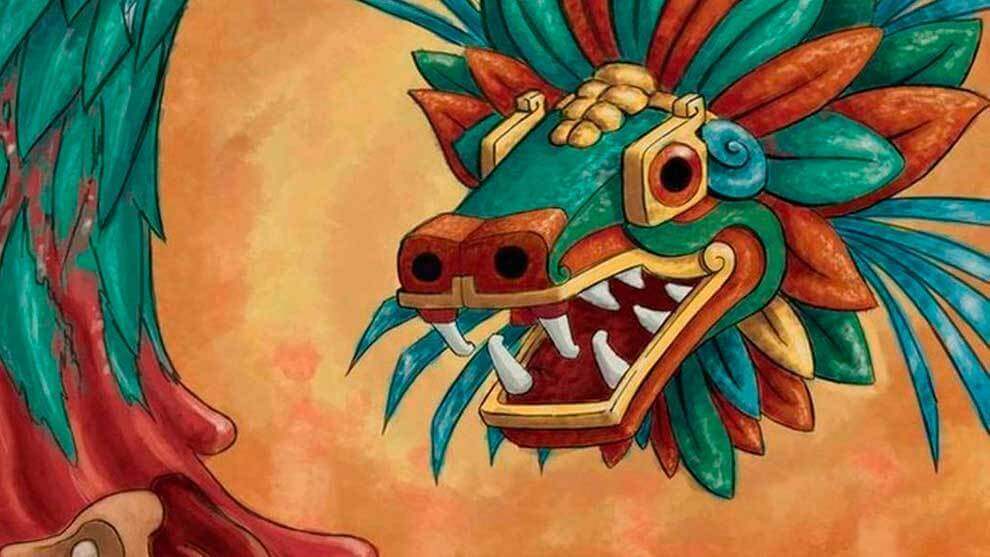On December 23, 1930, the stage to deliver toys to poor children, by the government of Mexico, was a pyramid in honor of Quetzalcoatl inside the National Stadium, located in the Roma neighborhood that was built in 1924 by José Villagrán.
That year President Pascual Ortíz Rubio decreed the adoption of the figure of the god of Mesoamerica, Quetzalcóatl, as the representative of the December holidays with the intention of putting aside the figure of Santa Claus, newly arrived in Mexico in the 20s and not yet so rooted in Mexican culture.

Pascual Ortíz Rubio (Photo: paratodomexico,com)
The Feathered Serpent was a prominent supernatural entity or deity, found in many Mesoamerican religions. It was called Quetzalcoatl among the Aztecs, Kukulkan among the Yucatec Maya, and Q’uq’umatz and Tohil among the K’iche’ Maya.
The double symbolism used by the Feathered Serpent is considered allegoric to the dual nature of the deity, where being feathered represents its divine nature or ability to fly to reach the skies and being a serpent represents its human nature or ability to creep on the ground among other animals of the Earth, a dualism very common in Mesoamerican deities
The decree on November 27, 1930, ordered that instead of Santos Reyes or Santa Claus, Quetzalcoatl, the pre-Hispanic deity, would be the replacement of Santa Claus, so that it was intended to promote, through education, a nationalist formation in which Pascual Ortiz Rubio supported at the time.

Quetzalcóatl (Image; desinformemonos.org)
The aim was “to evolve evolutionarily in the heart of the child, the love for the symbols, the divinities and traditions of our culture and our race”, according to the published decree.
At that time the National Stadium was the place of the great political, sporting and social events, it was built on a part of the now disappeared Pantheon. In 1949 it was demolished to become, later, in the Juárez family complex, better known as Juarez multifamily, which was also demolished after the 1985 earthquake.
Today that land has come again with the Pabellón Cuauhtémoc shopping center and the Ramón López Velarde Garden, in commemoration of the earthquake victims.
Source: PVDN

